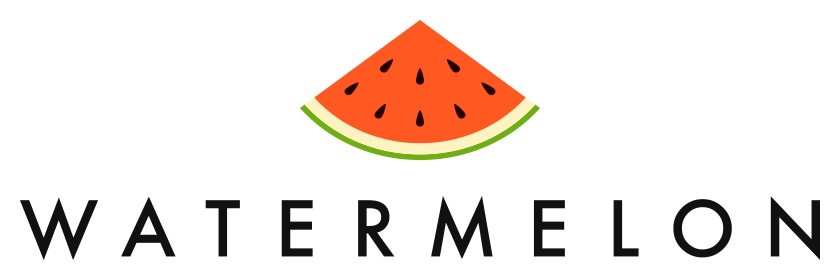The Power of Informal Customer Feedback
Informal customer feedback provides an alternative way to listen to your customers, and is just as powerful and insightful to your organisation as feedback gathered through more structured feedback solutions.
But what exactly is informal customer feedback?
As informal feedback is given voluntarily by customers, it’s important to bear in mind that an average to satisfactory experience is far less likely to be talked about by a customer on social media or on a review website.
Here are our 5 top ways to gather informal feedback from your customer base:
1. Social Listening- Listening to informal customer feedback on social media websites, such as Facebook, Twitter and Instagram. Social media provides an open platform for customers to communicate directly with a brand – or just talk about them publicly. Many customers prefer this type of communication to a more formal approach, and monitoring across all sites will help you pay attention to what is being said. While still valuable, this form of feedback may not provide the depth of input that you can receive via a formal customer survey where we can explore a range of issues and probe further into the customer’s experiences.
2. Rating and reviews- Similarly to social media, many customers voluntarily leave feedback on review websites, such as Trustpilot, often giving a score out of 5 and leaving written feedback. Search engines such as Google now give customers an opportunity to leave comments, more than 45 million public customer reviews can be found on Trustpilot, and TripAdvisor has had over 455 million unique visitors – to name but a few! Use Google or any other popular search engine, Trustpilot, Tripadvisor, review platforms, forums and communities which your customer demographic are most likely to interact on. . For example, customers are likely to leave feedback on TripAdvisor after a visit to a hotel or restaurant but may use specific forums to review a technological item, such as sites like Techist or CNET. Each industry will have its own individual review sites, so it’s worth spending the time to research and identify the websites that are most relevant to your organisation.
3. ‘Leave feedback’ button on your website- A ‘leave feedback’ button placed on your website gives customers the opportunity to voluntarily provide feedback about their experience at any time. The purpose of the form is to make it really easy for users to tell you when something isn’t working quite right or to leave a compliment – simplicity is key! Make sure you move the form around the page to see where you get the best response without interrupting the journey the customer is on. A feedback button can also form part of a more structured VoC programme approach, where customers can select the button and a form can appear with customised questions. Either way, keeping it simple and concise will yield the best results.
4. Ask your staff- Staff are on the frontline every day talking to customers and can be one of your greatest sources of knowledge. Schedule regular feedback sessions with your employees, whether it’s one-to-one or with separate teams within your organisation. Make sure to highlight the importance of their feedback and the value it gives to your business to encourage participation. If you’re having trouble getting your employees to open up, you can begin by offering them the option to give feedback anonymously such as through an online suggestion box or anonymous feedback apps.
5. Blogs and media- While not specific to individual customers, popular blogs and news can provide endless information about general customer trends in your industry and what your competitors are up to. The importance of being educated on the latest industry updates cannot be underestimated – businesses that are not informed of the latest industry updates also risk losing out to competitors by failing to deliver to consumers what they want. The more informed you are with the latest industry updates, the more likely you are to spot potential opportunities in your sector, such as new niches that companies have yet to explore. You’ll also be better prepared to see possible opportunities for growth in your existing business, as industry knowledge lets you identify changing buying habits, changes in styles and preferences or to see an increased demand in a specific area. Consider whether there are any published studies that will provide additional context to your customers’ feedback – e.g. benchmarking results.
As with ‘formal’ feedback, it is vital to ensure you respond to the informal feedback you receive, across all channels. Depending on the size and nature of your organisation, a person or team in place to handle social media queries is a must, and today’s customers will expect a fast response. We recommend using a Closed Loop Feedback process to ensure that issues are logged, responded to and learnings taken forward to improve future customer experience.
All of these forms of informal feedback can be easily integrated into our open-source VoC dashboards, and sit alongside formal feedback provided through more structured surveys to provide a holistic review of customer experience.
To find out more please contact Mark Barrett at [email protected]
Watermelon Research
London, WC2A
W: www.watermelonresearch.com E: [email protected]
T: 020 7861 2080
